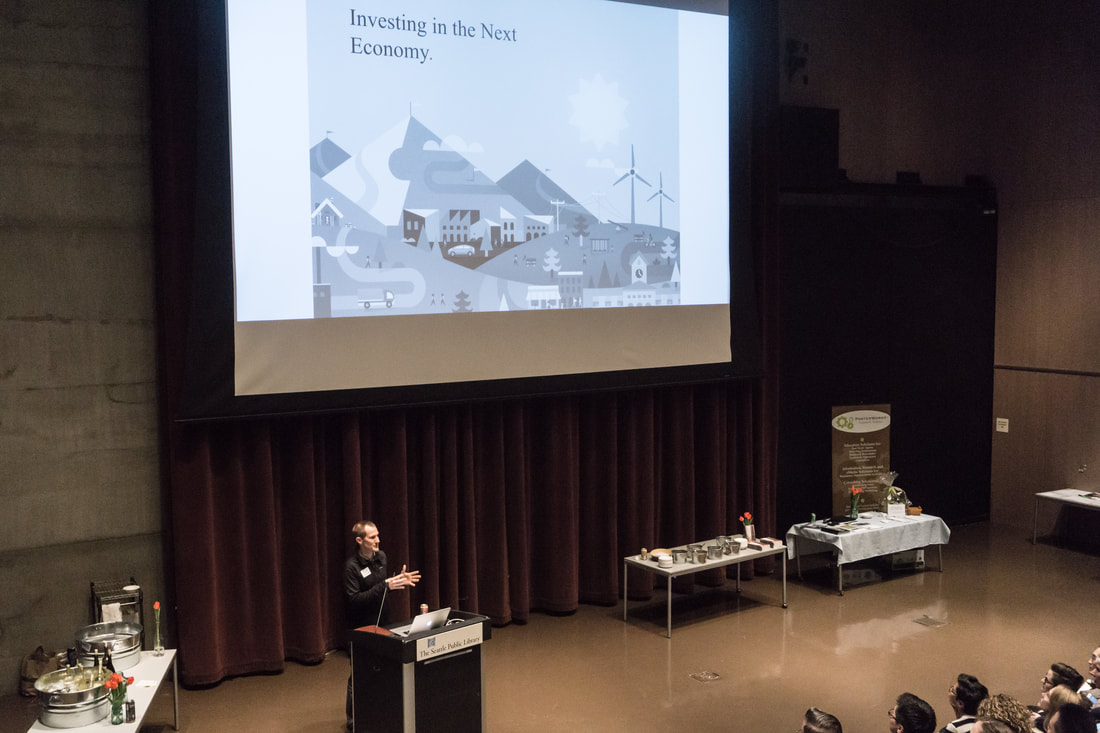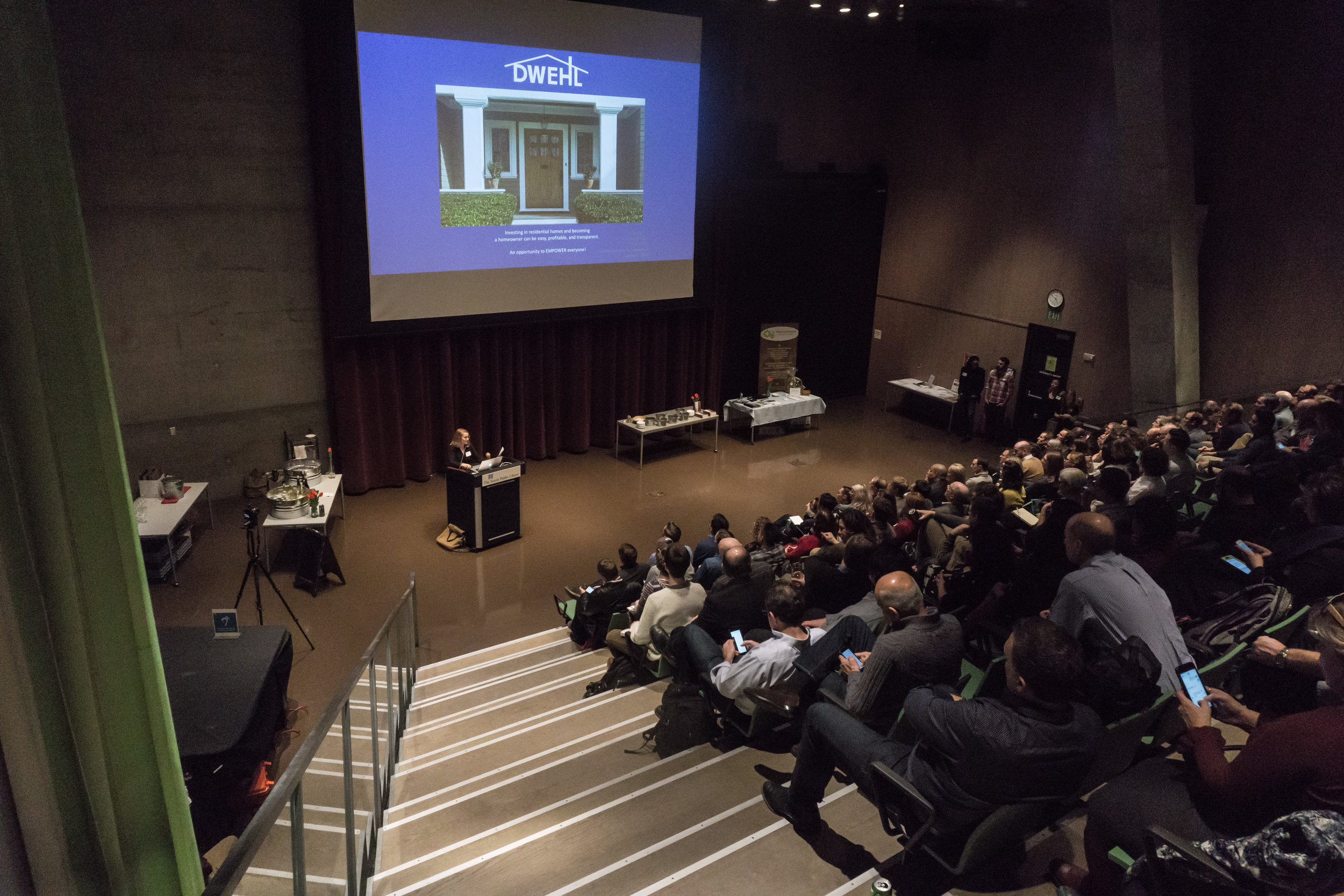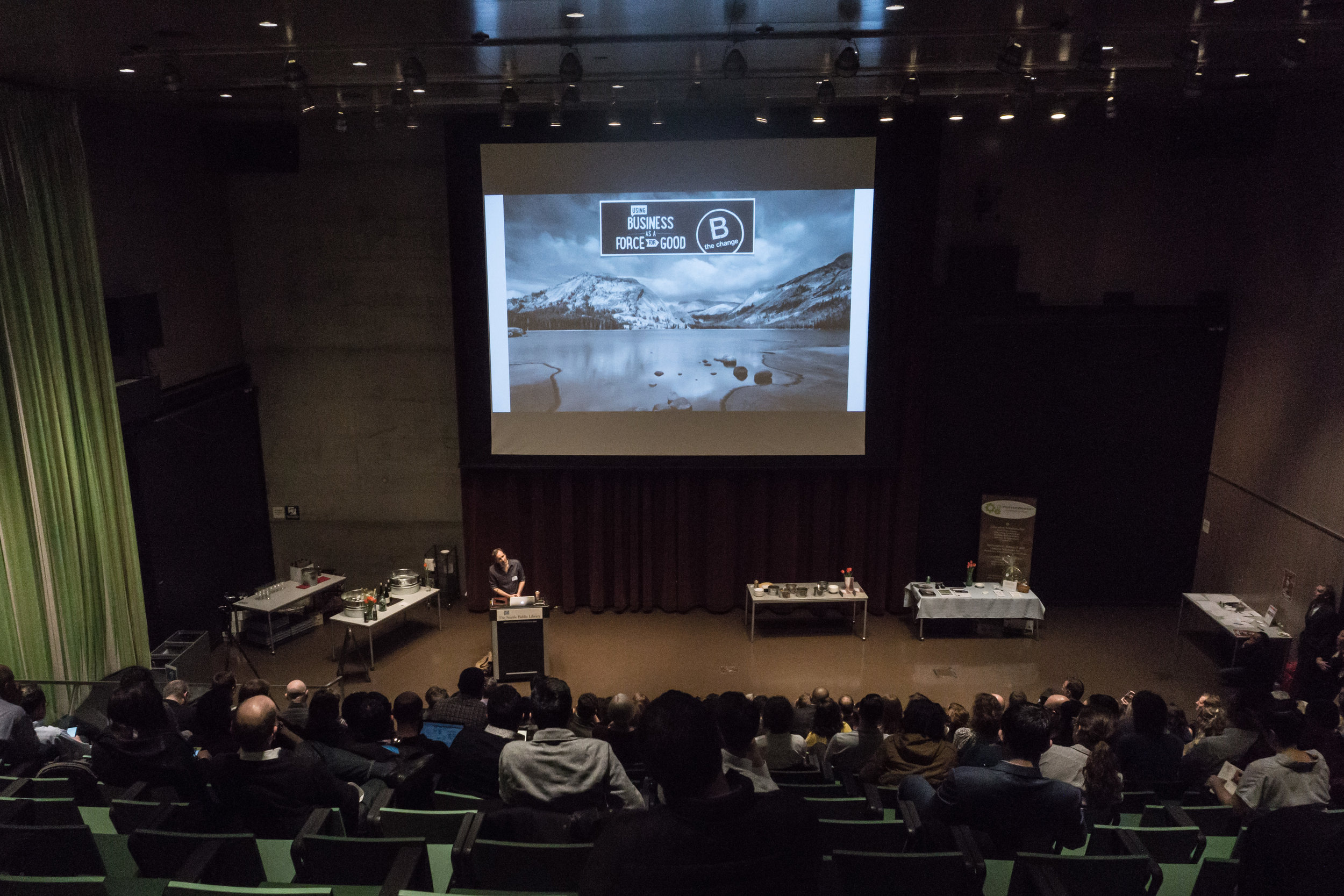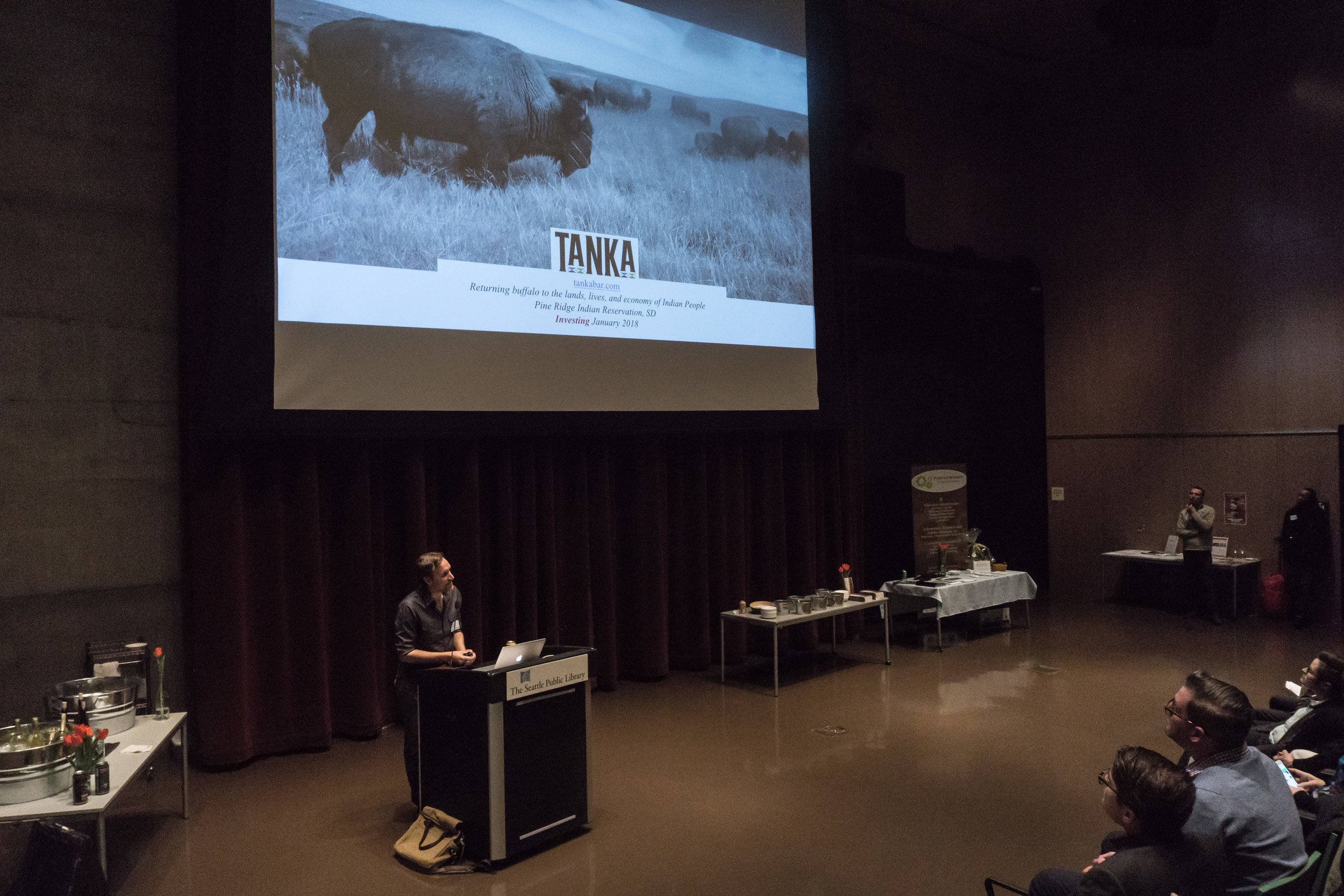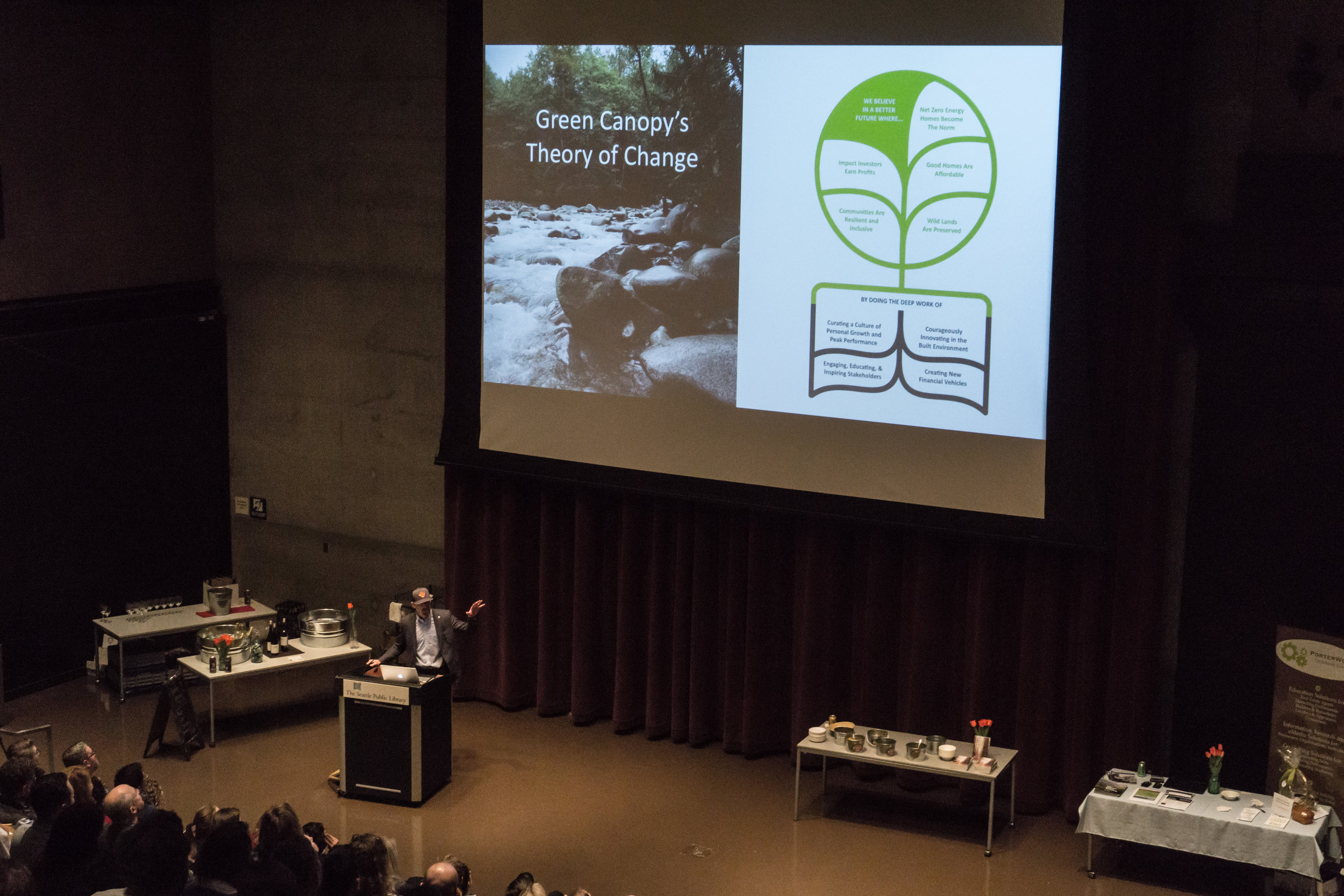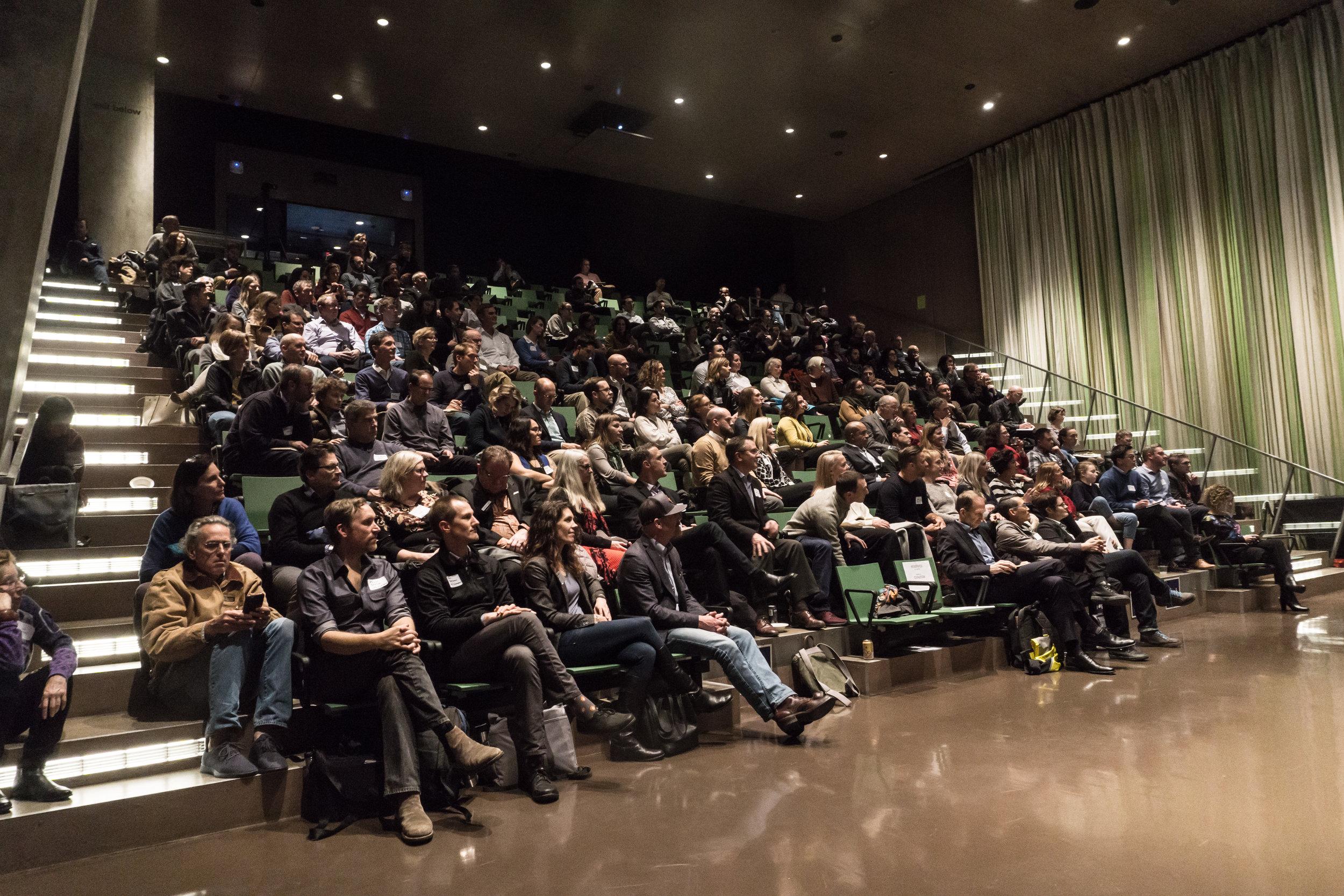"If we don't pay attention, we risk running businesses at the expense of our communities, our planet and the future."
Contributed by Krystal Meiners
It’s been nearly one year since Green Canopy became a certified B Corp. Our company, at that time, was a small and tight-knit group that was dedicated to living out our values and our mission. Our work was meaningful and the team was excited about growth.
It couldn’t have been a better decision to certify at that time. Our small and nimble team had created a rich corporate culture that everyone was excited about preserving. We were mindfully crafting systems for hiring, communication, and human resources that would ensure that our culture and values were protected as we grew. Certifying* was part of that process… but one year later we are finally seeing just how important it was.
Since then, Green Canopy has nearly doubled in size. We have started new business channels: from Fund development, to Custom Services, to RePurpose (a whole-house deconstruction program). We have gained talent, we have restructured; we have evolved. All the while, managing our culture, resources and social capital in a way that is intentional and meaningful.
B Corp means a lot more to how we do business now. It enables us to do business the way we want to do business – the way we started out with our high-fiving, adventure-loving, sustainability-minded (Fbomb-dropping) nimble team not long ago. But now it allows us to do more. It holds us accountable, it guides us and gives us tools for growth. B Corp helps us do business better.
I asked some of our team, both new and old members, what B Corp means to them and how it allows them to do business better. Here is what they had to say:
Ami Nieto, Office Manager: B Corp certification has fueled our passion for sustainability and keeps it at the forefront of our minds in every business decision we make. It has changed the way we hire people and tuned our focus on attracting talent that is committed to our mission as a Certified B Corporation. B Corp inspired us to raise the minimum wage of our company to $15/hour. For being a company of less than 50 employees, this change is years ahead of other companies in our region and our industry. We now offer stock options to all employees upon hire. We also contract with more local and sustainable suppliers. We have chosen to bank locally with an independent institution (Beneficial State Bank). Next year we hope to go completely paperless!
Bec Chapin, Director of Custom Construction: Being a B Corp takes the mission of Green Canopy out of the house and into the lives and operations of the company. It is about running business so that it is sustainable to the world, communities, and employees; and because of that, our clients. For too long we have run business for the benefit of the shareholders and forgotten that it is also a big part of the ecosystem of our lives. If we don't pay attention, we risk running businesses at the expense of our communities, our planet and the future.
Caitlin Hoeberlein, (Spec Construction) Project Engineer: I specifically sought out B Corporations when searching for job opportunities in Seattle. Previously, I worked for a small B Corp in New York, and I loved the attitude of people and the environment over profits. It was important to me that the company I worked for also supported those ideals that are so important to me.
Andy Woverton, Controller and Director of Fund Development: Being a B Corp is important to me because it is an important signal of how Green Canopy cares about our employees, responds to the communities in which we build, provides information to our shareholders and stewards our environment. The B Corp signal projects positively to current and potential future employees, neighbors and investors.
Nate Morr, RePurpose Site Supervisor: Being a B Corporation is important to the deconstruction work I am doing for the company because it allows me to be creative in the reuse/recycle of materials from the homes we deconstruct. Rather than solely being focused on the most efficient and economical method of material diversion, I can find unique ways of repurposing material that is beneficial to the environment, our community, and our company’s practices as well. For instance, having the Union Gospel Mission's 118 Design Program work with us to deconstruct and reuse reclaimed lumber is an excellent story for the diversion of our material that, once we streamline our processes, could be extremely efficient and economical while being 100% mission-aligned.
Sam Lai, CMO: I love that Green Canopy is a certified B Corp. Most home buyers today are still indifferent to energy efficiency in homes, but when someone buys a Green Canopy home, their super-low utility bill and amazing year-round comfort becomes an undeniable benefit to the homeowner. However, the societal benefits are less tangible. B Corp's rigorous environmental and social standards help to communicate how our homes are also better for communities and our environment.
Each member of the team finds the B Corp certification meaningful for their own reasons, but putting some structure and accountability around those values strengthens our community and purpose. In the year since we certified, we have improved in all areas of our business and are currently working on a Corporate Social Responsibility Framework. This framework will help us develop a set of action-oriented goals for improvement, as well as help us improve our reporting and the measure of our impact. The steps we are taking, including even just revisiting team commitment to it through writing this post, help us collectively see the change and be all the more intentional about B-ing the change.
* A B Corp is a for-profit company that is committed to gains in social and environmental capital rather than just monetary profits. It is a certification that is awarded by B Lab in Pennsylvania – an organization that scores companies based on a set of social and environmental metrics. Green Canopy’s score at certification was an 86.



























